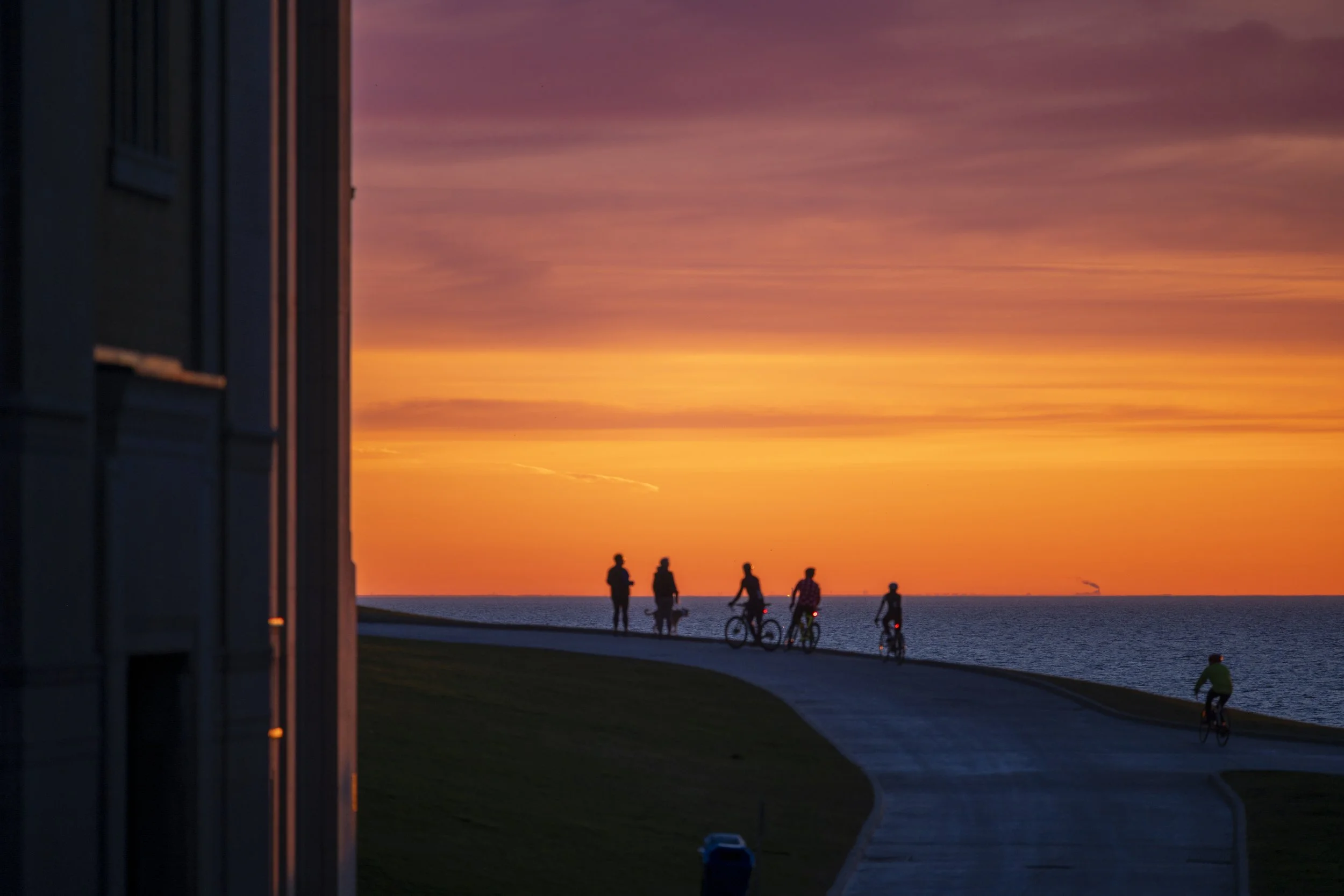Eclipse 2024 - chasing syzygy
Eclipse 2024 is the most hyped astronomical phenomena in 2024 and, arguably, in the last few years. Solar eclipses occur, often multiple times, every year. But this April’s alignment of the sun, moon and earth promised a long swath of totality over North America, including the US. Some have been calling this the Great American Eclipse, succeeding the last Great one in 2017. Hotels in already popular tourist regions in the path of totality, such as Niagara Falls, have been overbooked for a year if not longer, charging astronomically high rates.
As a celestial cityscape photographer, I have long marked April 8th on my calendar. Like many other, I started preparing well ahead, learning the start and end of each stage of the eclipse by heart, plotting and planning with the aid of both Photopills and The Photographer’s Ephemeris for months, as well as purchasing enough eclipse glasses for a small tribe, not to mention a solar filter for my camera gear.
Toronto is not in the path of totality. Instead, the Six was predicted to see the sun 99.5% covered by the moon. Hamilton and Kingston, both well within driving distances, would see 100% blockage. Nevertheless, after a few internal debates, I made the decision to stay in my home town. Sure, astronomers have been telling the media that 99.5% of totality does not equate 99.5% of the experience of totality. But one of my pursuits is to photograph the sun and moon, as well as planets and stars, as they move around my city. So it would only make sense for me to follow both celestial bodies as they move as conjoined twins across the sky.
Full moons, new moons and eclipses are all examples of syzygy — the alignment of three or more celestial bodies. Astrophotographers often like to line up objects, people and animals with celestial bodies, creating our own version of syzygy. Since the start of the pandemic, I have been photographing the sun and the moon in alignment with various landmarks in Toronto; I call this type of photography celestial cityscape. I think of my pursuit of celestial cityscape as chasing syzygy.
Particularly since the beginning of 2024, we have been warned about the hazards and challenges of watching and photographing Eclipse 2024. Most of us planning to witness and document this phenomenon have dutifully purchased eclipse glasses and solar filters for our lenses. One photographic challenge has been little discussed (or not mentioned at all?). The eclipse would start at 2:05 pm, with the sun (and the moon) high in the sky. This would make it difficult to set up interesting photographs with people and cityscape features in the foreground. So, I decided to do a dry run on the day before.
On Sunday, starting at City Hall, I walked through downtown to confirm that a few locations, identified using Photocells and TPE, would indeed be promising. Knowing the the sun’s trajectory on consecutive days would not deviate much, I was able to get a mental picture of how I would photograph the eclipse. Four hours and some 20,000 steps later, I felt prepared and excited. Now, while the sky on Sunday was clear, the forecast for Monday was nothing but clouds. I joked with others that I might spend hours photographing clouds. In reality, I was secretly hopeful. As I re-packed my bag on Sunday evening with my trusty Nikon cameras and lenses, I reminded myself what I often preach: A great celestial cityscape photograph only requires momentary appearance of the sun or moon, as long as my camera is ready at that moment. As it turned out, my optimism and preparations would be rewarded.
Enough already. Let’s see how the day went in photographs.
6:49 AM. Another redsplendent sunrise. An omega-shaped one no less. It is going to be a good day.
6:50 AM. Were these cyclists taking in the view of the sun before it would be hidden by the moon in a few hours?
12:31 pm — Just over 90 minutes before C1. Being able to take this shot through the clouds without a filter gave me some ideas of what to do later.
2:05 PM. First Contact, with one of the towers of the Royal Bank Plaza on the right. No filter.
2:16 pm. Well into C1. With solar filter.
2:32 pm. Still standing opposite street corner from the Royal Bank Plaza. No filter.
2:36 pm. Photographic syzygy. No filter.
2:40 pm. Zooming out to capture the majesty of the Royal Bank tower. The eclipsed sun, still in C1, is two thirds of the way up.
2:52 PM. First sighting of the window cleaner. We will meet again.
2:57 pm. The beginning of a gathering, as people were coming down from the office towers to, hopefully, witness near totality. Most will be disappointed.
3:20 pm. By now, there is a large crowd in the plaza, all wondering where the eclipse was. Many people would soon leave, possibly to their regret.
3:27 pm. After the crowd has nearly completely dispersed, the sun reappeared as a sliver.
3:28 pm.
3:34 pm. Unlike many others, she stayed behind and was rewarded with the sliver of an eclipse. Look who was in the background still cleaning windows. This shot gave me an idea for another.
4:06 pm — I had to walk around quite a bit and waited for the sun and moon to come around to catch them in the same frame as the window cleaner.
4:32 pm. Nearly the end of syzygy.


